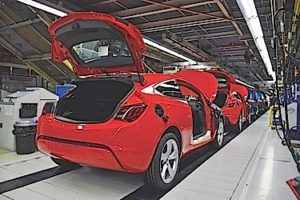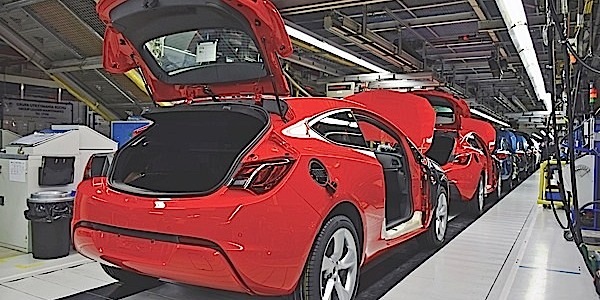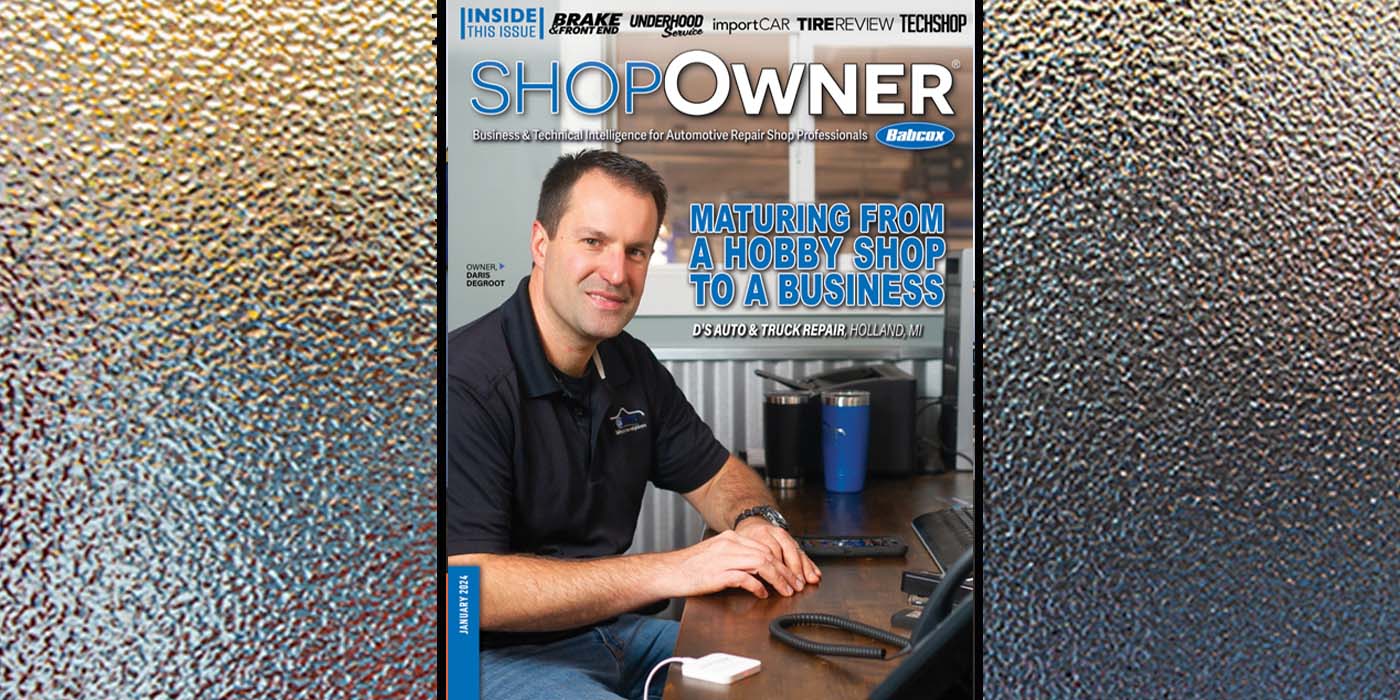
If you are combing through brake technical service bulletins (TSBs) on a repair information database, chances are you will come across a TSB discussing brake pedal pulsation (not warping).
Most of the time, the TSB will outline new warranty procedures so the manufacturer can reimburse the dealership. Some recommend improved pads and rotors. Other TSBs recommend the use of an on-the-car brake lathe. But, just about every TSB you’ll find will recommend or require measuring and recording the lateral runout and thickness variation for the warranty claim. It is usually not because there is a defect in the product. The problem usually is dealers not being able to understand the core cause of pulsation.
Runout
The reason why brake pulsation TSBs are issued year after year is because of lateral runout. The reality is that some cars roll off the line with some degree of lateral runout. It could be caused by stacked tolerances between the flange and brake rotor during manufacturing; it could occur during transport and dealer prep of the vehicle; or it could be due to the new owner hitting something.
Lateral brake runout means the rotor wobbles from side to side when spinning. Think of it as the rotor or flange moving in a plane that is not the same as that of the pads or caliper. Lateral runout will cause the rotor to contact the brake pads, knocking them back as the high spot of the runout contacts the pads. This eventually removes material from the rotor and causes thickness variation, which translates into pedal pulsation.
Any dealership service manager will tell you that pulsation complaints and warranty claims are the most difficult to resolve because it is hard to connect the events with the symptoms due to the length of time it takes lateral runout to cause disc thickness variation.
In a recent VW TSB, it was stated that pulsation can occur on a vehicle with only 6,000 miles on the odometer. The TSB states, “Improperly machined brake discs may cause brake pulsation after several months in service. The discs have lateral runout that eventually causes disc thickness variation.”
VW instructs the technician they must inspect and measure the brake discs before machining them and again to ensure the lateral runout has been corrected after machining them.
In cases like these, it is imperative for the automaker to take care of the customer because the brakes are a critical factor in the perceived quality of the vehicle.
Procedures
The underlying theme of most brake pulsation TSBs is the need for implementing best practices when servicing brakes. These best practices could range from procedures for machining rotors to tools the service department should stock. But, it is important for dealers to understand the connection between lateral runout and pulsation.
Most TSBs identify methods to correct runout which can include the use of an on-the-car brake lathe or runout correction plates between the rotor and flange. It is rare to have a TSB that tells the dealer to replace the rotor without measurements for runout. The OEMs know that a new rotor will only temporarily solve a pulsation problem unless the lateral runout problems are completely resolved.














